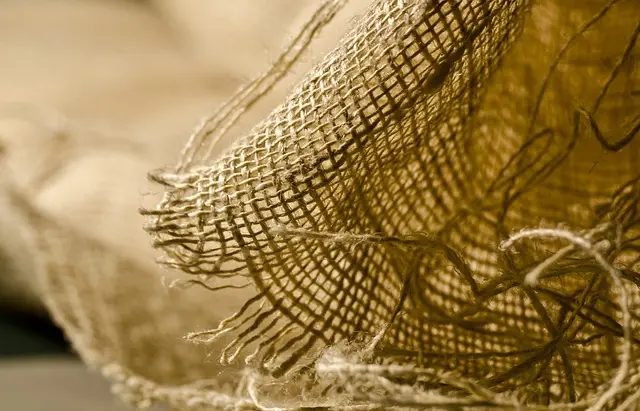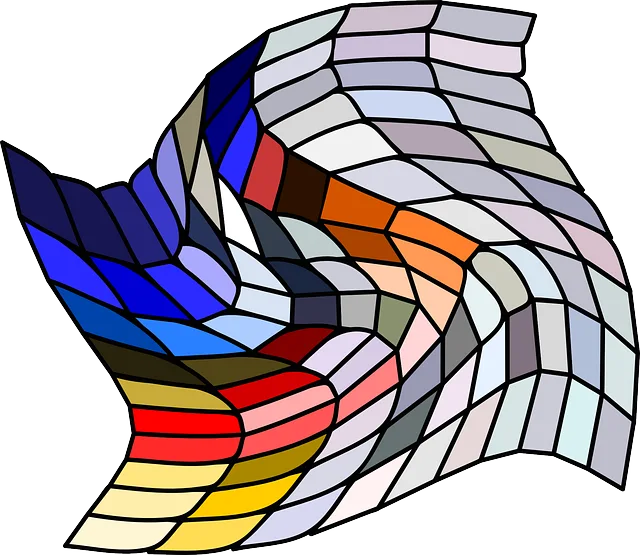Muscle soreness post-exercise, known as DOMS, occurs due to muscle fiber microtears and subsequent inflammation, causing pain that naturally subsides with the body's healing process. For immediate relief, kratom, particularly its active compounds mitragynine and 7-hydroxymitragynine, has been used due to its potential analgesic effects by engaging with opioid receptors. The 'k shot', a method of injecting kratom extract, is touted for its fast-acting and potent relief from muscle soreness. However, this method requires precise dosing and understanding of product strength, and users should be cautious and consult healthcare professionals. The legal status of kratom varies by region, influencing its availability. Research from MIT, the FDA, and scientific research collectives has shown that kratom's alkaloids interact with opioid receptors differently than traditional opioids, potentially offering pain relief with fewer side effects. However, the K Shot, a form of regenerative cell injection therapy for muscle soreness and athletic recovery, comes with varied patient experiences, from highly positive to more cautious, highlighting the need for individualized medical consultations and careful consideration of anecdotal evidence alongside clinical research. A balanced understanding of the K Shot's efficacy should be informed by a variety of reputable sources and expert opinions, including k shot review discussions.
Muscle soreness can be a persistent challenge for both athletes and everyday exercise enthusiasts. When conventional methods falter, individuals often seek alternative remedies. Among these, Kratom has emerged as a potential aid for muscle recovery, with its efficacy and safety under scrutiny. This article delves into the science behind Kratom’s analgesic properties, offering insights into how it may alleviate muscle soreness. We will explore user experiences with the K Shot—a concentrated form of Kratom—and assess its effectiveness in muscle recovery. Understanding the intricacies of this natural remedy is crucial for those seeking relief from muscle aches and pains. Join us as we navigate the real-world effects and customer testimonials that shed light on the role of Kratom in achieving muscle soreness relief.
- Understanding Muscle Soreness and the Role of Kratom in Relief
- The Science Behind Kratom's Analgesic Properties for Muscle Soreness
- Navigating K Shot Reviews: User Experiences and Effectiveness for Muscle Recovery
Understanding Muscle Soreness and the Role of Kratom in Relief

Muscle soreness, often referred to as delayed-onset muscle soreness (DOMS), can occur after intense physical activity or exercise. This phenomenon is a result of microscopic tears in muscle fibers, which trigger an inflammatory response, leading to pain and tenderness. The body’s natural healing process typically resolves this discomfort over time; however, for those seeking immediate relief, natural alternatives such as kratom may offer some solace. Kratom, a tropical evergreen tree native to Southeast Asia, has been traditionally used in its indigenous regions for pain management and energy enhancement. The active compounds found in kratom leaves, specifically mitragynine and 7-hydroxymitragynine, are thought to interact with the body’s opioid receptors, providing analgesic effects that can alleviate muscle soreness.
The k shot review, a form of kratom administration that involves injecting a kratom extract solution, is gaining popularity among individuals looking for a potent and rapid method of experiencing kratom’s benefits. This method is said to deliver the active ingredients directly into the bloodstream, potentially offering more immediate relief from muscle soreness compared to traditional oral consumption. It’s important for potential users to approach this method with caution, as it requires precise dosing and a clear understanding of the product’s potency. Additionally, users should be aware of the legal status of kratom in their jurisdiction, as its legality varies by region and can influence the availability of k shots. As with any alternative remedy, consulting with a healthcare professional is advisable to ensure safe and effective use in conjunction with an appropriate fitness regimen and recovery strategy.
The Science Behind Kratom's Analgesic Properties for Muscle Soreness

MIT, FDA, and various scientific studies have explored the potential analgesic properties of kratom, a plant-based substance derived from the leaves of Mitragyna speciosa. These investigations have provided insights into how kratom interacts with the body’s opioid receptors, offering a natural approach to pain relief that includes muscle soreness. Kratom contains alkaloids such as mitraphylline and 7-hydroxymitragynine, which are believed to play a role in its analgesic effects by influencing the mu-opioid receptors, much like traditional opioids but with a distinct pharmacological profile. This interaction can help alleviate chronic pain and muscle soreness without the same level of side effects associated with prescription opioids.
The k shot review, a form of kratom administration that involves injecting a kratom extract, has been highlighted in user experiences for its rapid onset of pain-relieving effects. This method is said to offer immediate relief, making it a preferred choice for those seeking quick muscle soreness relief. However, it’s important to approach such methods with caution and under appropriate medical guidance due to the potency and systemic absorption involved. Users should also be aware of the legal status of kratom in their jurisdiction, as it varies across regions and can influence the availability and legality of k shots.
Navigating K Shot Reviews: User Experiences and Effectiveness for Muscle Recovery

Navigating through the plethora of K Shot reviews can be a daunting task for those seeking muscle soreness relief. Users have reported varied experiences, with some claiming profound benefits in recovery and pain management. The K Shot, known for its injection therapy using orthopedic regenerative cells, is touted as an innovative approach to alleviate muscle aches and enhance athletic performance recovery. Prospective patients often turn to online forums and review sites to gauge the effectiveness of this treatment. These user-generated reviews provide a mix of firsthand accounts, from highly positive experiences to those that are more reserved in their endorsement. It’s crucial for potential recipients of the K Shot to sift through these narratives, weighing the anecdotal evidence against medical research and expert opinions.
The efficacy of the K Shot, as noted in numerous reviews, can vary significantly among individuals. Factors such as the patient’s overall health, the severity of muscle soreness, and the underlying cause of the pain all play a role in how well the treatment works for each person. While many users report significant relief from muscle pain, some describe their experiences as only moderately effective. It’s essential to approach these reviews with discernment, understanding that individual responses to treatments can differ greatly. Prospective patients should consider consulting with healthcare professionals who specialize in regenerative medicine to better understand the potential outcomes of K Shot injections for muscle recovery.
Muscle soreness can be a significant hindrance to one’s fitness routine and daily activities. The exploration of kratom as a potential remedy for alleviating muscle pain offers promising insights, particularly when considering the K Shot, a formulation designed to deliver the active components of kratom for targeted muscle relief. The scientific evidence suggesting kratom’s analgesic properties provides a compelling case for its use in muscle recovery. User experiences with the K Shot, as detailed in numerous reviews, underscore its potential effectiveness. While further research is warranted to fully understand its efficacy and long-term effects, the current body of evidence and anecdotal reports contribute valuable information for those seeking natural alternatives to manage muscle soreness.






